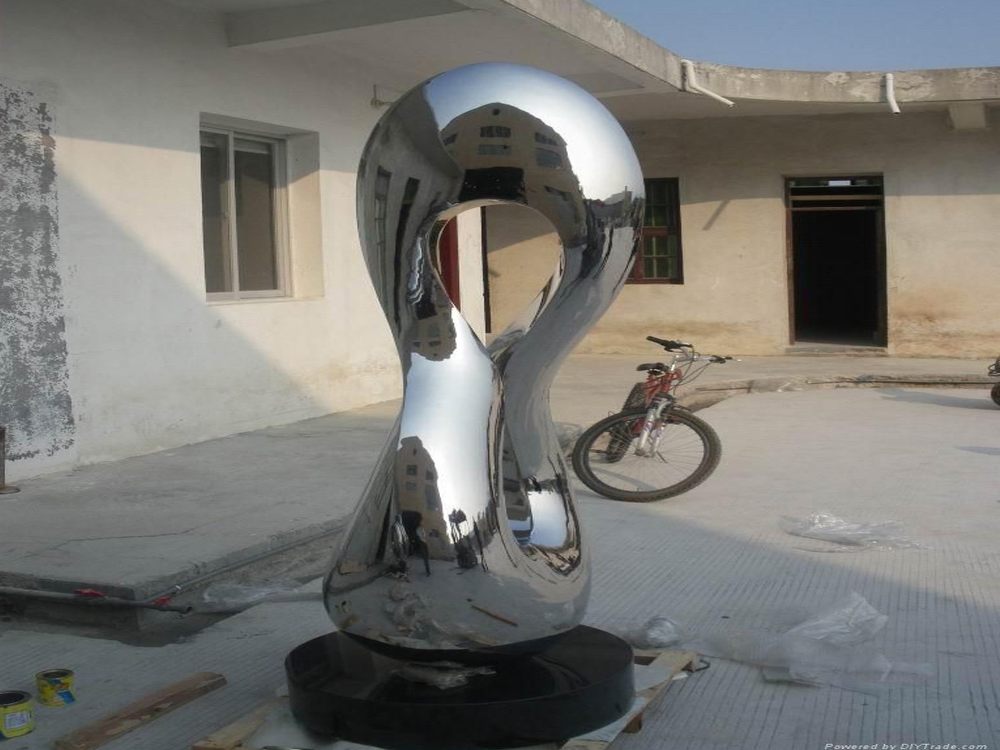
Creating fluid, organic forms in stone is an art that combines traditional craftsmanship with modern innovation. One of the most common techniques is direct carving, where artists work intuitively, allowing the stone's natural grain and texture to guide the shape. This method often results in forms that feel alive and dynamic.
Another popular approach is subtractive carving, where material is gradually removed to reveal the desired form. Tools like chisels, rasps, and diamond-tipped grinders help sculptors achieve smooth, flowing lines. For more intricate details, artists may use pneumatic tools or even laser cutting for precision.
Modeling with clay or wax beforehand is also a key technique. This allows the artist to refine the organic shape before transferring it to stone. Some sculptors even use 3D scanning and CNC milling to bridge the gap between digital design and physical stone.
Finally, polishing and finishing techniques play a crucial role in enhancing the fluidity of the form. Wet sanding, buffing, and chemical treatments can give the stone a soft, almost liquid appearance. Whether through traditional hand tools or advanced technology, these methods help transform rigid stone into breathtaking organic sculptures.

